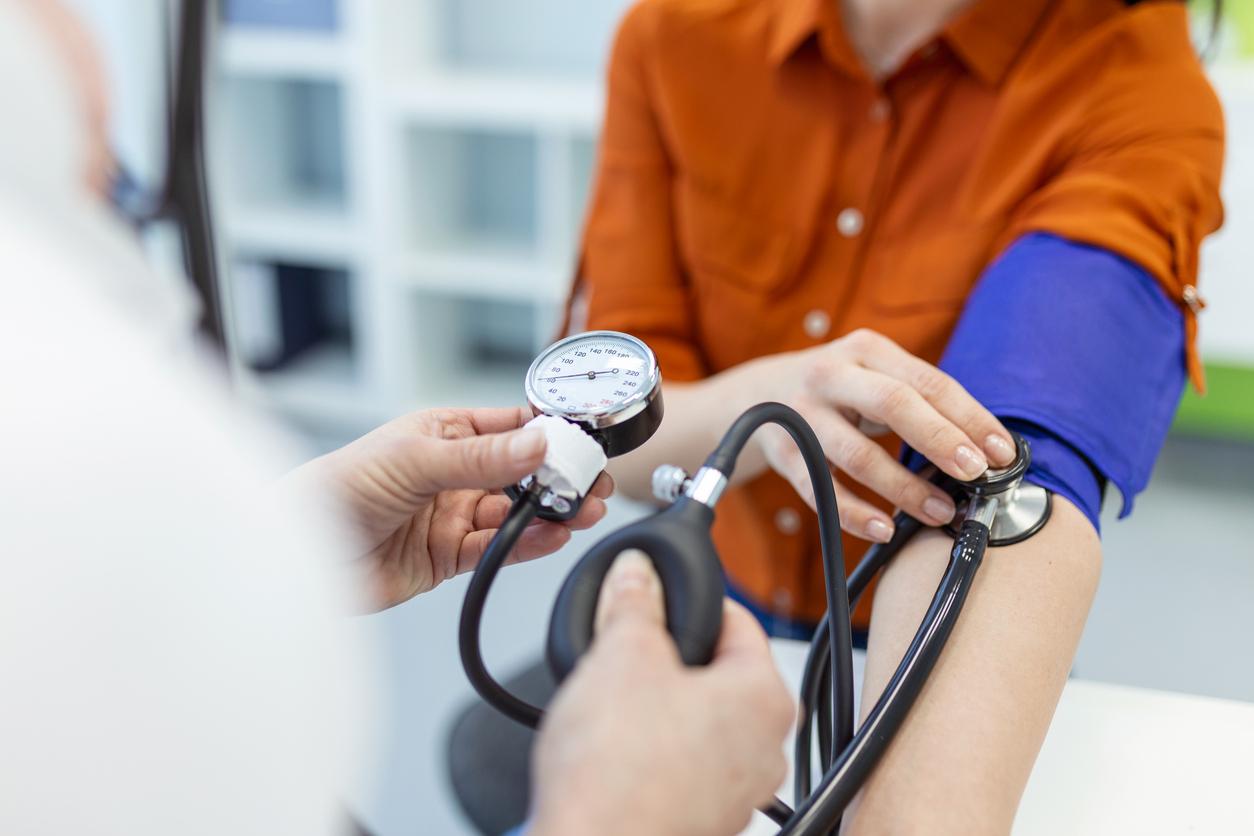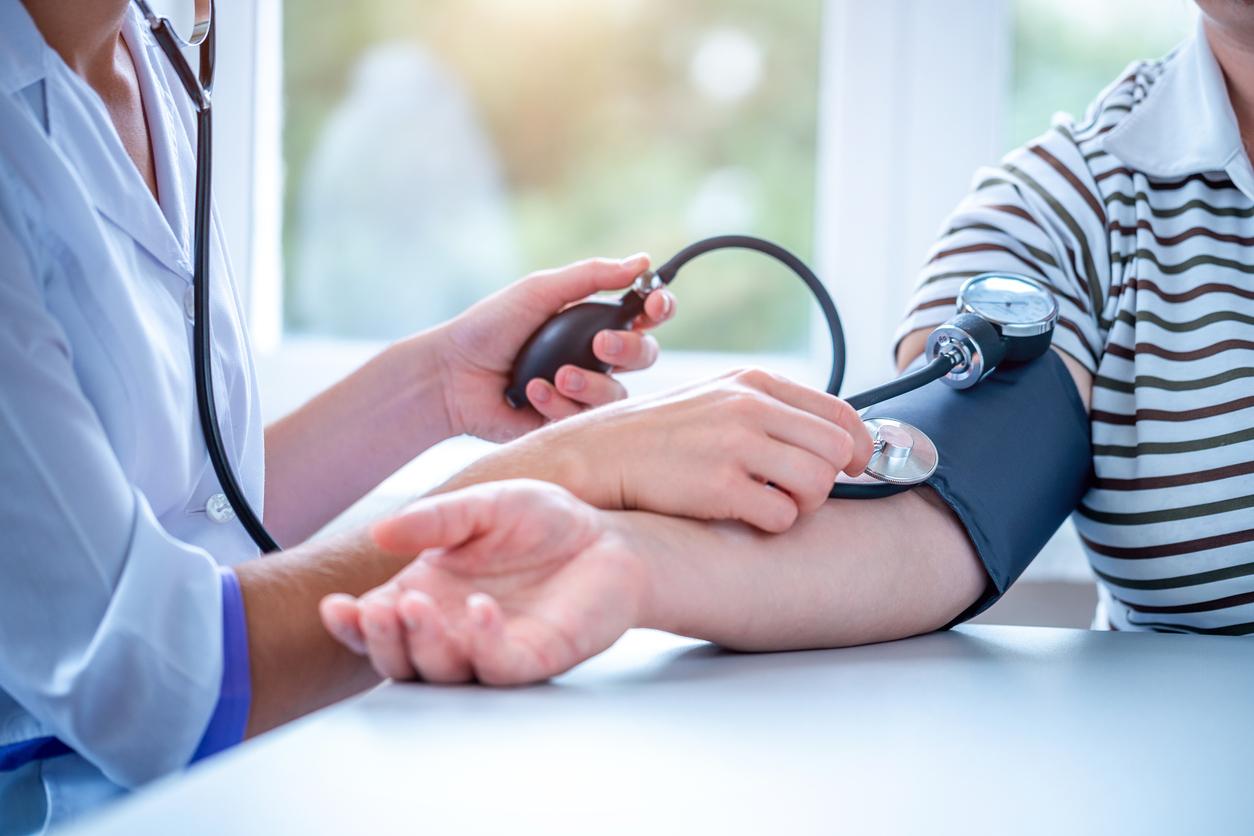To treat the 14 million hypertensive, doctors have 5 classes of hypertensives. The Haute Autorité de santé asked the public authorities to put prices in order.

Comparison is not right, says the maxim. However, comparing drugs with each other on the basis of their value for money is becoming increasingly popular. The High Authority for Health (Has) indeed made public on May 23 its medico-economic analysis of the various antihypertensive drugs. But, once is not customary, this list of drugs does not target doctors or patients. The former are not accused of prescribing incorrectly, and the latter of consuming too many drugs.
If La Has embarked on this medico-economic analysis, it was first of all at the request of the Ministry of Health. The public authorities need concrete elements to see more clearly: France has 14 million hypertensive, the cost of treatment amounts to 2 billion euros per year and “the available data on the proportion of patients under treatment that do not manage to normalize their blood pressure is worrying ”, specifies the HAS in the introduction of its analysis. It therefore seems necessary to rationalize the management of hypertensive patients, and to prioritize the different classes of drugs.
At present, nine classes of antihypertensive drugs have an indication in the treatment of hypertension, but only five have demonstrated a benefit in terms of cardiovascular morbidity and mortality. La Has therefore scrutinized the medical and economic data concerning thiazide diuretics (DIUth), beta-blockers (BB), calcium channel blockers (Ica), enzyme-converting inhibitors (ACEIs) and antagonists of angiotensin II (ARA II).
To draw up this ranking, the Haute Autorité de santé compared their performance in three areas: their effectiveness in terms of reducing mortality and preventing strokes and cardiovascular accidents, their tolerance and their efficiency, in other words the ratio between the clinical benefit and the cost.
The first lesson of this medico-economic analysis, “is that it is better to treat hypertension than not to treat it,” specifies Professor Jean-Luc Harousseau, president of Has. It goes without saying, but in the current climate, it is better to say it ”. Concretely, by treating 1000 patients with calcium channel blockers or converting enzyme inhibitors, this makes it possible to avoid 44 cerebral and cardiovascular events and 22 deaths.
And all treatment strategies – except those that include BBs – cost less than not treating them. Moreover, beta-blockers are the drugs that perform the least well. the second lesson, “The HAS college concludes that beta blockers are not efficient in the absence of cardiovascular complications”. However, they retain all their relevance for patients who have had a myocardial infarction.
Then, the four remaining hypertensives arrive roughly on the same step of the podium in terms of efficacy and tolerance. Regarding “treatment persistence”, that is to say the period during which one takes his drug before giving up, ARA II have a small head start, while compliance is less good with diuretics. thiazides. However, taking medication every day for a disease without any symptoms is clearly not easy since after a year more than a third of patients no longer have any antihypertensive treatment.
Listen to Prof. Jean-Luc Harousseau, president of Has:“For ARA II, the doctors underline several benefits to this class of drugs: the effectiveness, the tolerance but especially the persistence to the treatment.”
However, this small advantage in terms of treatment follow-up, and even of tolerance that ARA II have is clearly not sufficient to compensate for their significantly higher cost. It is the third lesson of this medico-enomic assessment: “When the difference in clinical benefit expected from the prescription of an ARB II, in terms of tolerance and persistence, is compared with the price difference observed in July 2012, the prescription of an ARB II in the initiation of treatment cannot be considered as equivalent to the three classes ”. Between thiazide diuretics and ARA II, the prices in fact go from simple to double. La Has is therefore waiting for the public authorities to harmonize the prices of these drugs.
Listen to Prof. Jean-Luc Harousseau :“The decision-maker has all the arguments to weigh with all his weight on the price of the ARA II. If the ARA II cost less, they would undoubtedly be more efficient than the others”.
Lobbying on the price of angiotensin II antagonists could result in substantial savings since it is the most prescribed class of antihypertensive drug. It represents 38% of the first prescriptions to the general practitioner. We can therefore imagine that the message of Has will be heard by the ministry.
“Even if the previous medico-economic evaluation, on statins and carried out in 2010, had little effect,” recognizes Jean-Luc Harousseau. The president of the HAS is still optimistic and “hopes that this one will have more impact. The culture of “medico-economic” is indeed gaining ground in France. From policy makers to patients to doctors, the value for money of drugs is starting to become politically correct.
Listen to Prof. Jean-Luc Harousseau : “What should not be that the patient feels guilty that he is prescribed an expensive drug. But, he must be informed of medico-economic considerations.”
Great Britain has made the culture of medico-economics a dogma. The efficiency of the drug is one of the criteria for admission to reimbursement and is used to set the price of the molecules. In France, we are not there yet. And the British system is not an example. Admittedly, the HAS conducts more and more medico-economic evaluations. But for the moment, its conclusions have no direct impact on the level of coverage by health insurance or on the doctor’s choice of prescription. The ball is therefore in the court of political power.
.
















